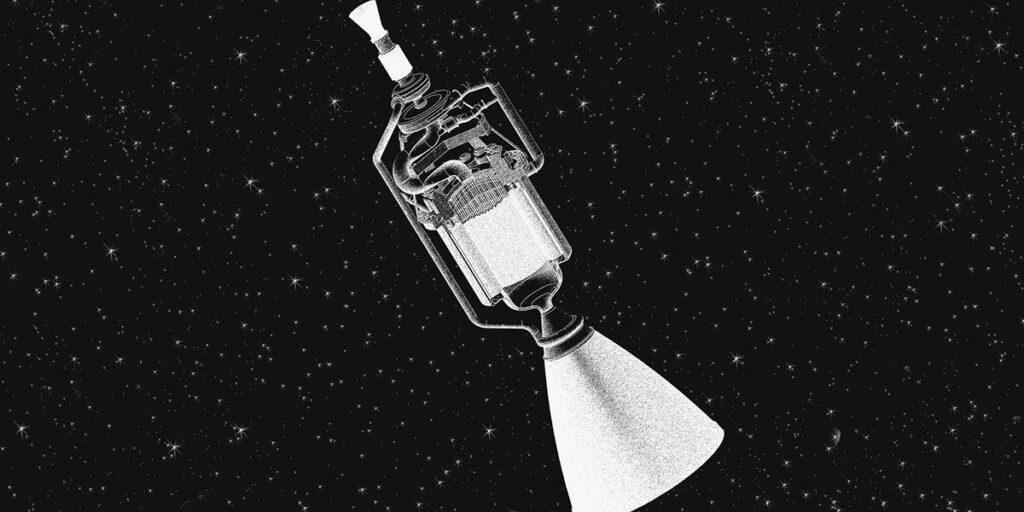This article originally appeared on Universe Today.
Getting to Mars takes a really long time, about 9 months using today’s rocket technology. This is because regular rocket engines burn fuel and oxygen together (like a car engine), but they’re not very efficient. The fundamental problem is that spacecraft must carry both fuel and oxidizer since there’s no air in space to support combustion. This creates a vicious circle: The more fuel you carry to go faster, the heavier your spacecraft becomes, requiring even more fuel to accelerate that extra weight. To go faster, you’d need massive amounts of fuel, making the rockets incredibly expensive and heavy. Current chemical propulsion systems are just about at their theoretical limits, with little room for improvement in efficiency.
aspect_ratio
Whilst NASA funding has been slashed by the Trump administration with no allocation for nuclear thermal propulsion and/or nuclear electric propulsion, scientists at the European Space Agency (ESA) have been studying nuclear propulsion. Here’s how it works: Instead of burning fuel with oxygen, a nuclear reactor heats up a propellant like hydrogen. The super-heated propellant then shoots out of the rocket nozzle, pushing the spacecraft forward. This method is much more efficient than chemical rockets.
Revisiting Nuclear Rockets for Mars
Nuclear rockets offer several key advantages, such as cutting Mars trip times in half—from 9 months to about 4 to 5 months. The efficiency gains come from the fact that nuclear reactors produce far more energy per unit of fuel than chemical reactions. Surprisingly, astronauts would actually receive less harmful radiation on shorter trips, even though the engine itself produces radiation. This happens because space travelers are constantly bombarded by cosmic radiation during their journey, and cutting travel time in half significantly reduces their total exposure. These engines work best for big spacecraft that need to speed up and slow down dramatically, perfect for Moon and Mars missions where rapid velocity changes of at least 25,000 km/h are required.
The study, called “Alumni,” prioritized safety through careful design. The nuclear reactor only turns on when the spacecraft is far from Earth in a safe orbit. Before activation, the uranium fuel has very low radioactivity and isn’t toxic. Multiple radiation shields protect the crew during the short engine burns that last less than 2 hours. The reactor is designed never to return to Earth’s atmosphere. The research team spent over a year analyzing this technology and concluded it’s feasible for long-term development. However, there’s still significant work ahead, including laboratory testing of the new ceramic-metal reactor design, building safe testing facilities, and solving technical challenges like fuel sourcing and reactor restart systems.
Nuclear thermal propulsion could revolutionize space travel, making missions to Mars and the Moon faster and more practical. While the technology is promising and appears safe, it will take many years of development before we see nuclear-powered spacecraft heading to the Red Planet. It’s great to see Europe demonstrating that it has the expertise to develop this technology, potentially ushering in a new era of space exploration where distant worlds become more accessible than ever before
From Your Site Articles
Related Articles Around the Web
